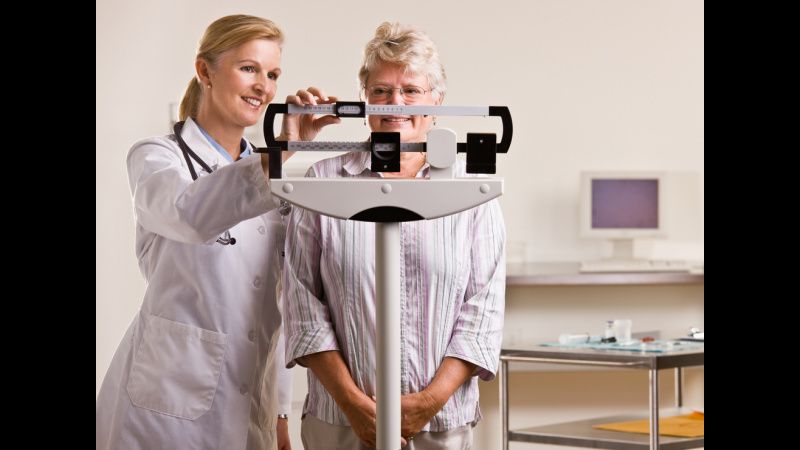You’ve probably already read an article in the news, seen a feature on television or even learned from your own doctor that obesity is extremely unhealthy. But a recent study finds that it can also be a fairly accurate predictor of your quality of life as you advance in age.
In fact, according to an article published at Medical Xpress, obesity at the age of 66 could be a reliable indicator of your likely survival to the age of 85 and your health should you reach that age. In a nationwide health study that followed more than 36,000 women over a period of 19 years, researchers found that a 66-year old woman with a BMI over 30 and a waist circumference of 34 inches or greater will, over the subsequent 20 years, be at a heightened risk for cerebrovascular disease, diabetes mellitus, certain cancers, hip fractures and arthritis.
A Female-Focused Study
For researchers, the findings of the study, published in JAMA Internal Medicine this past November, provide quantifiable support for the medical consensus that healthy weight is critical to longevity among women. This is important because, the article in Medical Xpress points out, most studies of this nature have been geared toward men of advancing age.
Indeed, Medical Xpress recognizes that similar findings have already been rendered with respect to male obesity. Those who are leaner at middle age have a far better chance of surviving to see their Golden Years. Likewise, these years are far likelier to be truly golden. With the United States projected to have a population of 11.6 million women over the age 85 by 2050, we have a serious responsibility to better understand gender-specific health risks related to aging. As one researcher associated with the findings indicates, we may not be able to control risk factors like genetics but we should take meaningful steps toward promoting healthy weight loss, diet and exercise for women.
On the Bright Side…
While we now know beyond a reasonable doubt that a high BMI and waist circumference heighten the odds of certain health problems with the advance of age, the study’s findings also revealed that the inverse was true. A healthy BMI (typically between 18.5 and 24.9) and an ideal waist size at middle age will mean substantially better health prospects and longevity as you move deeper into your senior years. This means that the incentive remains high for developing a positive nutritional strategy and establishing a commitment to a regular exercise routine no matter your age.
The challenge of staying in shape will only become more difficult as you grow older but that’s exactly why you should get started today. As you approach your senior years, do so armed with a strategy for keeping your BMI and waist size under control. Consult your physician to develop a diet and exercise regimen that suits your needs and lifestyle. A little dedication and a lot of hard work could go a long way toward shaping your later years for the better.

